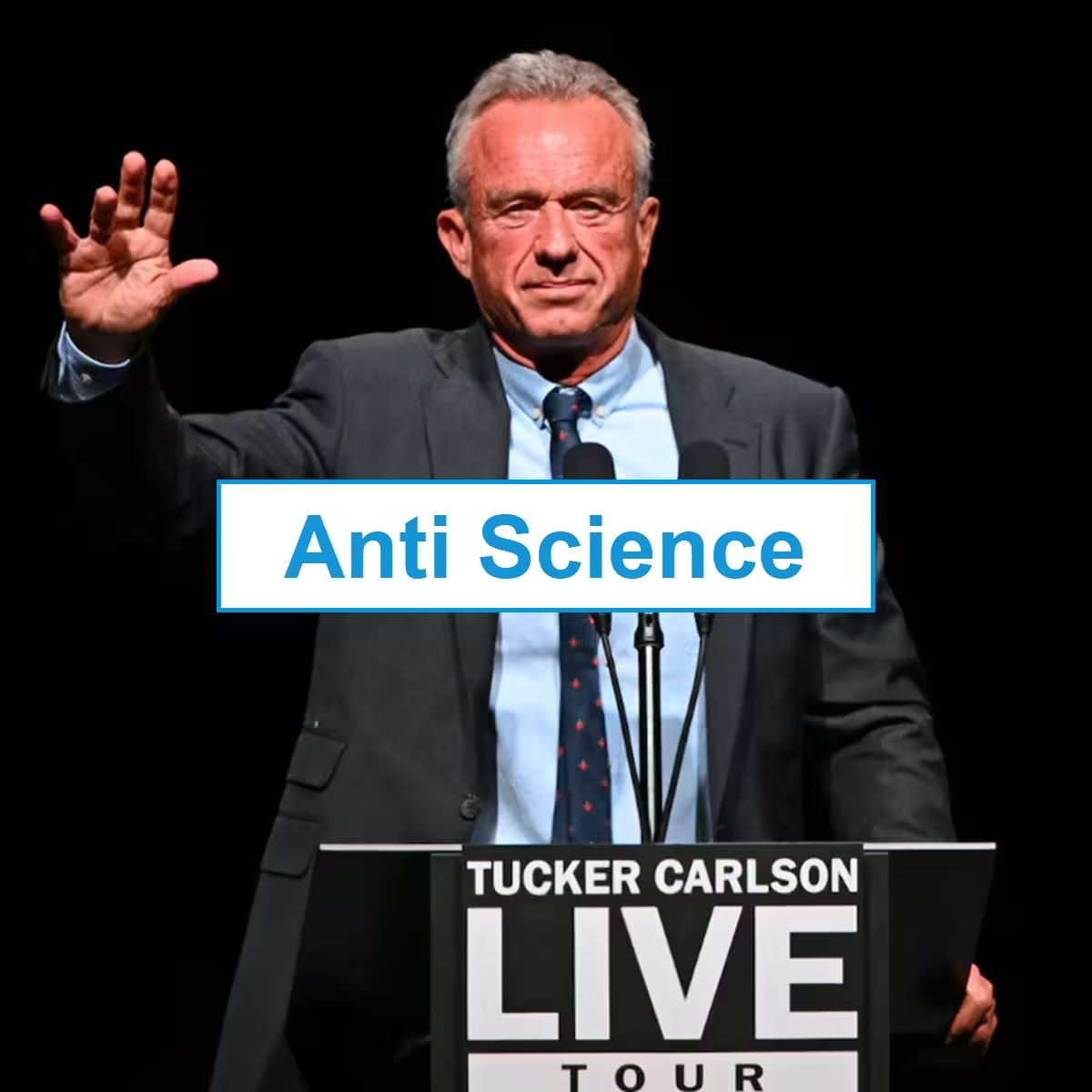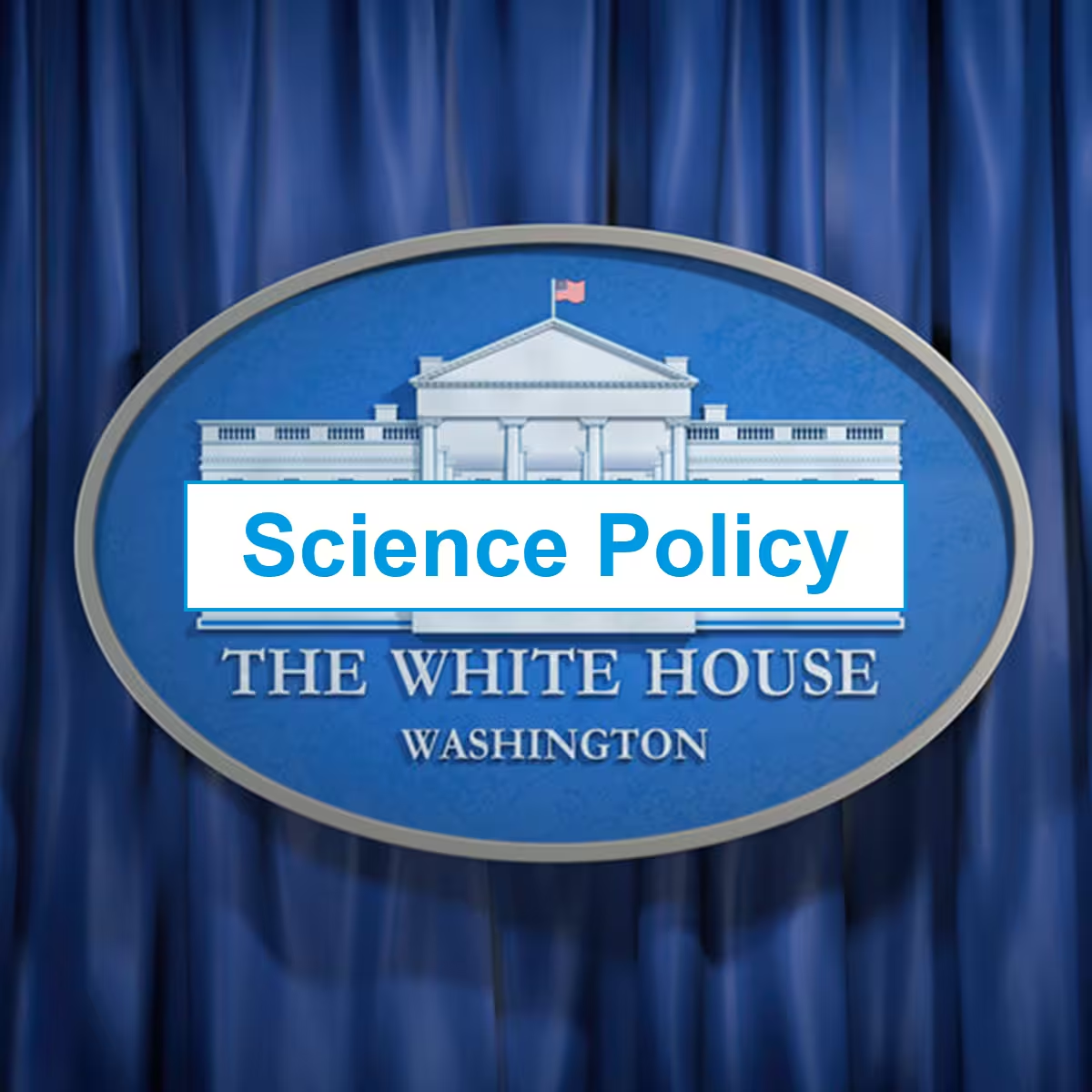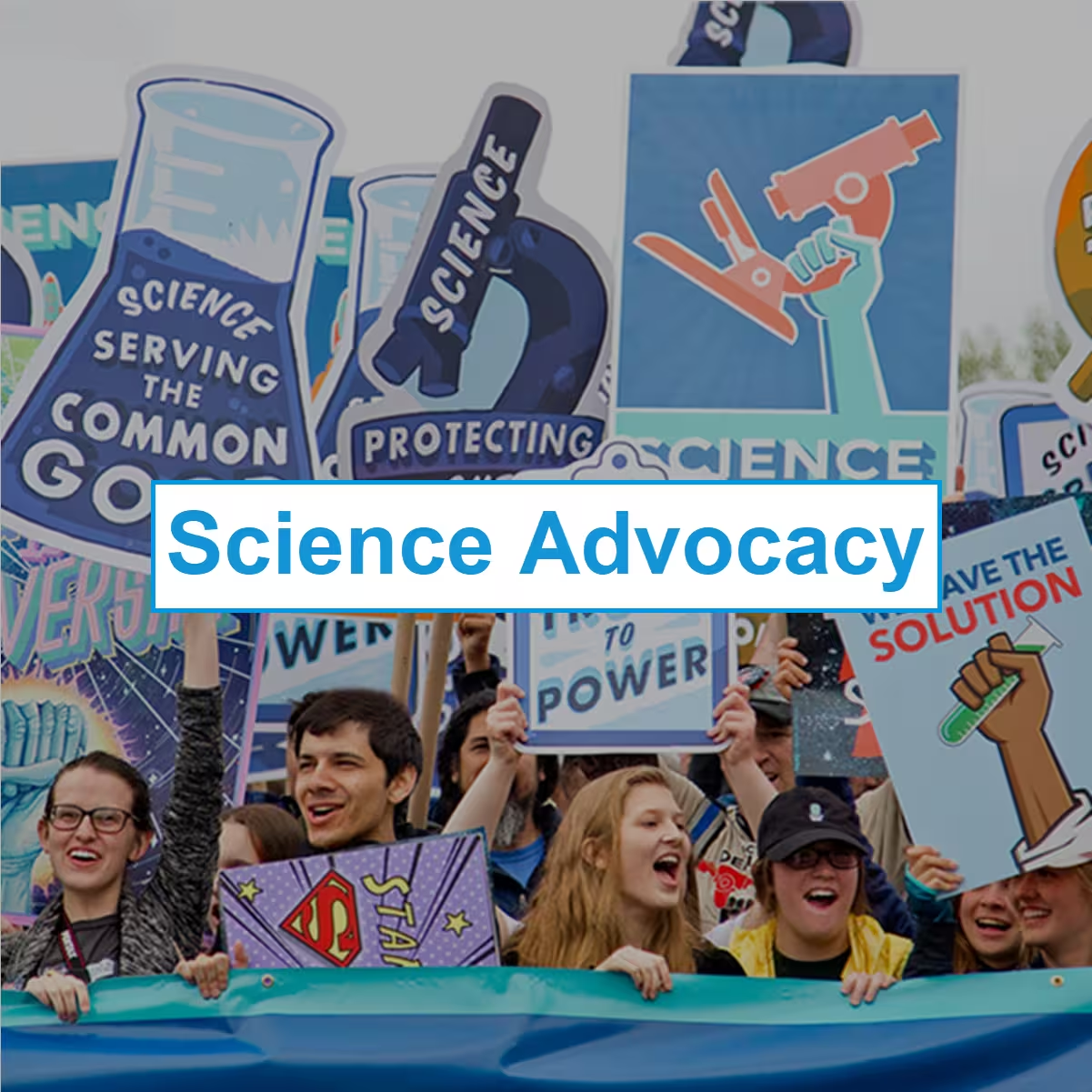Science Misinformation

Introduction
Science misinformation and disinformation is everywhere. It spreads through social media, word of mouth, and even some mainstream sources. It can lead to confusion, distrust in scientific institutions, and poor decision-making.

Figure 2. Misinformation, disinformation and malinformation
Misinformation can be intentional or unintentional. Some people spread false claims knowingly, while others may simply misunderstand or misinterpret scientific findings. The wellness industry, for example, has been accused of promoting pseudoscience that harms both human and animal health.
To combat misinformation, it is important to:
- Verify information with trustworthy sources like scientists, doctors, and academic institutions.
- Investigate the original source. If it comes from social media or an unfamiliar website, check if reputable sources support it.
- Be aware of misinformation tactics, such as fear-based marketing and misleading claims.
Science misinformation is a growing challenge, but critical thinking and fact-checking can help us navigate it. Have you encountered any science-related misinformation recently?
Here are some notable examples and insights:
- Health Misinformation: During the COVID-19 pandemic, false claims about vaccines and treatments spread widely. In Brazil, anti-vaccine disinformation surged, with some groups even selling fake cures and vaccine passports.
- Climate Change Disinformation: Organized campaigns have sown doubt about climate science, often funded by industries with vested interests. For instance, tactics used by tobacco companies to delay regulations have been mirrored in climate denial efforts.
- Social Media's Role: Platforms like Telegram have been hotspots for spreading conspiracy theories and disinformation. For example, posts on social media and articles were published claiming that a new CDC study found the majority of those infected with COVID-19 always wore masks.
These examples highlight the importance of vigilance and science literacy in addressing misinformation.
References
Related Topics





